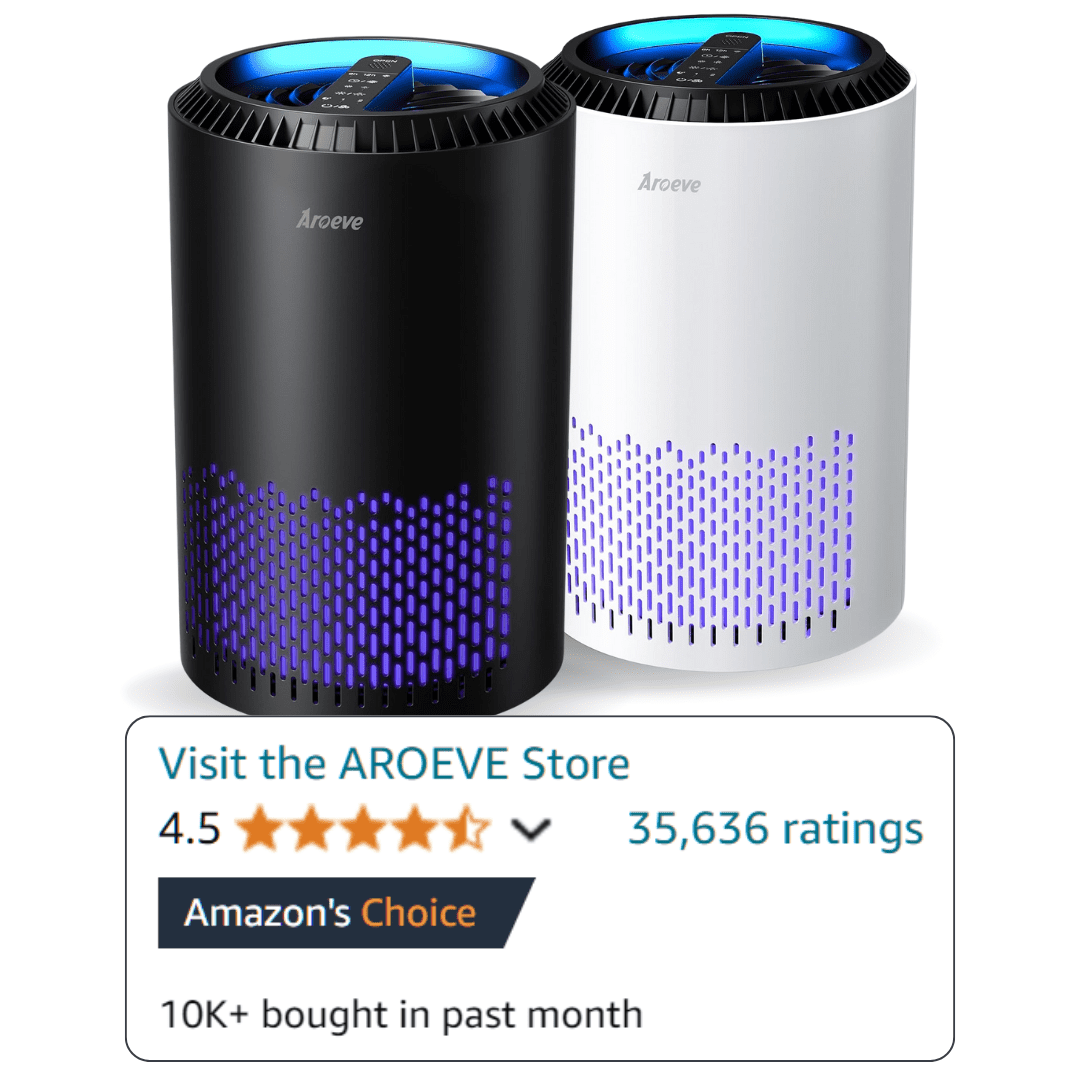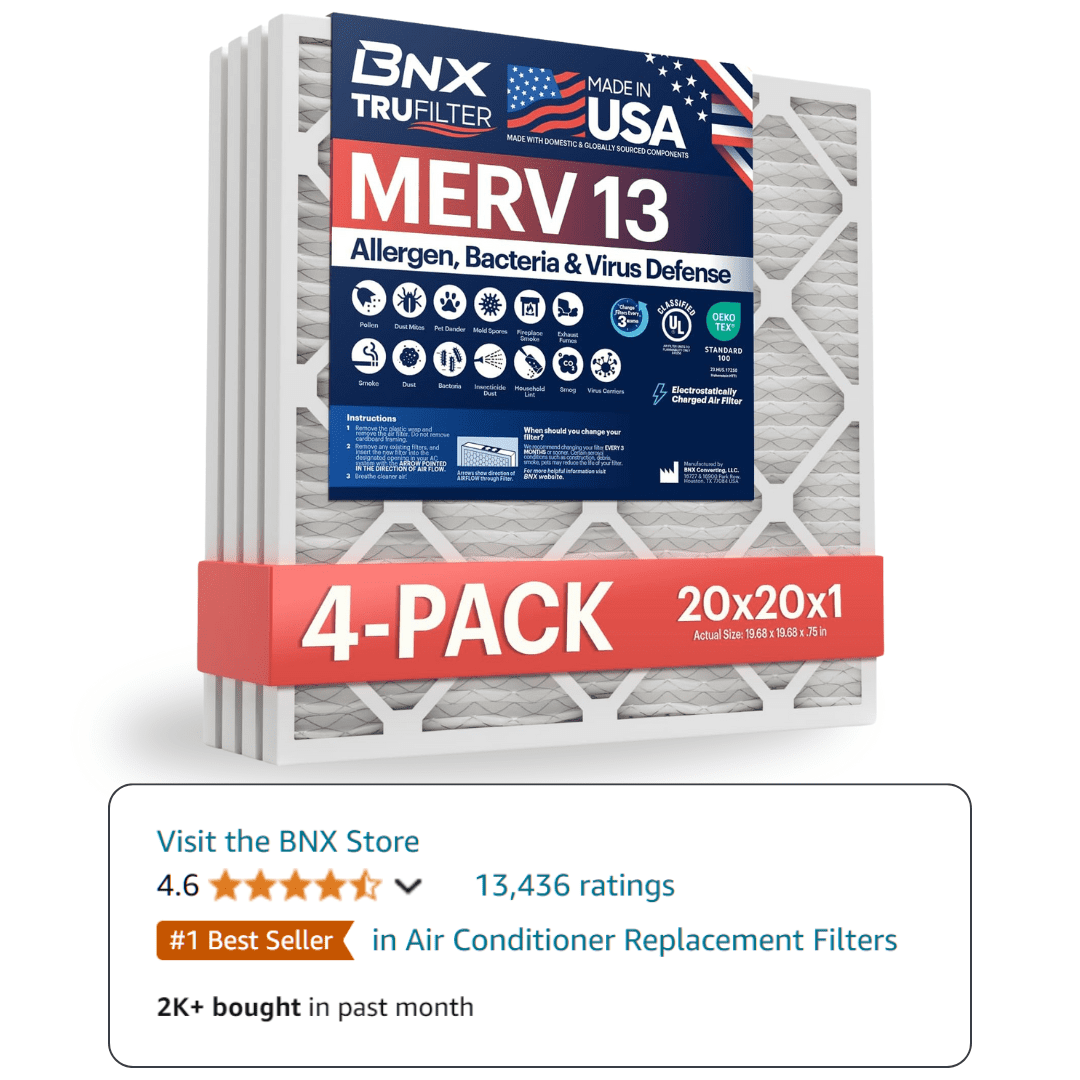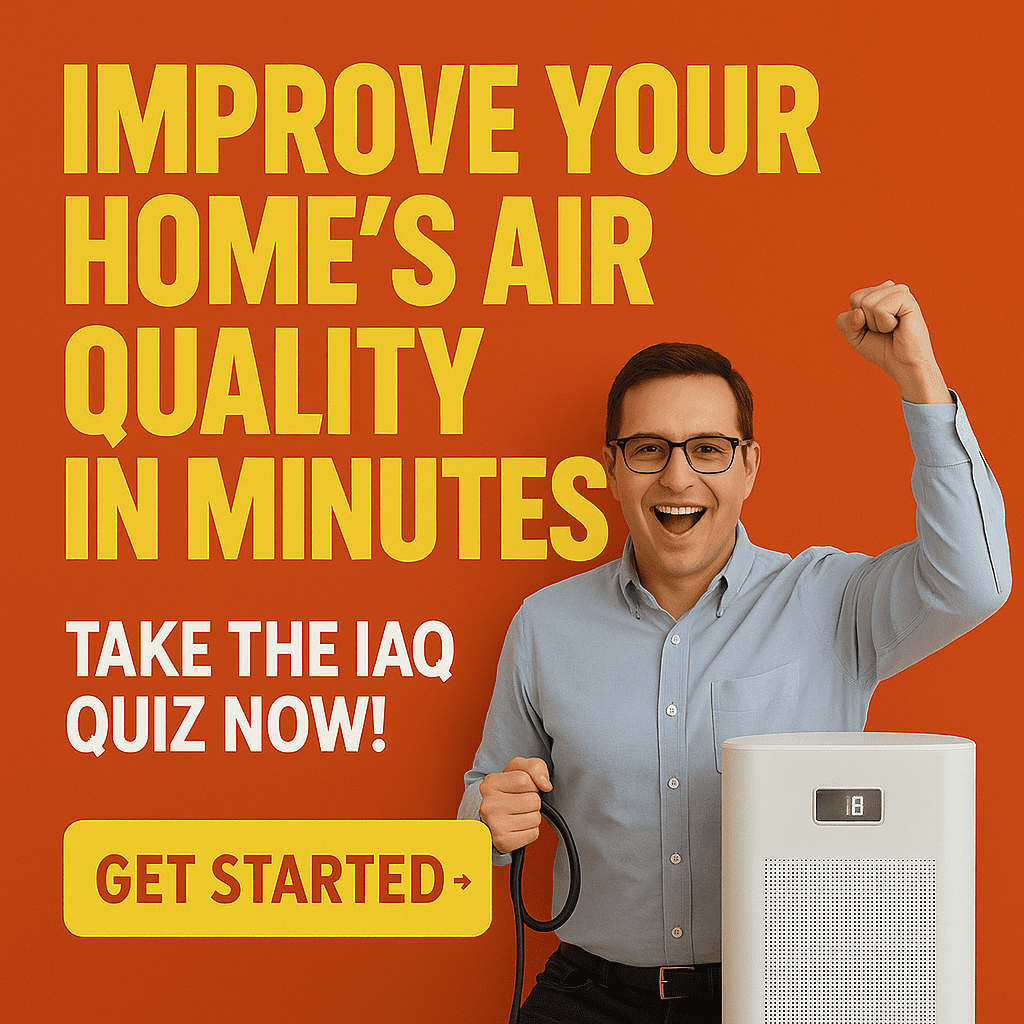How Long Does an Air Purifier Take to Work? Complete Timeline Guide
Air purifiers begin capturing particles immediately after startup, but the timeline for noticeable improvements varies significantly based on pollutant type, room conditions, and equipment specifications. Understanding these timeframes helps set realistic expectations and optimize your air cleaning strategy.
Immediate Effects (0-30 Minutes)
Large Particle Removal (Dust, Pet Dander)
HEPA filters capture particles larger than 0.3 microns with 99.97% efficiency on the first pass through the system. Visible dust particles (typically 10-100 microns) and pet dander (5-10 microns) get trapped within minutes of operation.
A 300 CADR unit in a 200 square foot room achieves one complete air change every 12 minutes. This means all air passes through the filter 5 times per hour, removing the majority of large particles during the first 30 minutes.
Pet owners notice reduced airborne fur and dander within 15-20 minutes when running appropriately sized units. The AHAM CADR rating system provides standardized measurements for dust removal efficiency across different room sizes.
Initial Air Circulation Improvements
Air purifiers create circulation patterns that distribute cleaner air throughout the room. Most units pull air from multiple directions, creating a mixing effect that prevents pollutant stratification.
Ceiling fans or HVAC systems enhance this circulation, reducing the time needed for complete air turnover. Without additional circulation, air purifiers work more slowly in rooms with poor airflow patterns.
Short-term Results (30 Minutes – 2 Hours)
Smoke and Odor Reduction
Tobacco smoke particles range from 0.01 to 1 micron, requiring multiple filter passes for complete removal. HEPA filters capture the particulate matter immediately, while activated carbon filters absorb gaseous compounds over 30-90 minutes.
Cooking odors dissipate within 1-2 hours when using units with substantial activated carbon capacity. Standard carbon filters contain 1-2 pounds of material, while premium units include 5-10 pounds for faster odor elimination.
Wildfire smoke presents unique challenges due to ultra-fine particles and chemical complexity. The EPA Air Cleaners guide recommends running units continuously during smoke events, with noticeable improvements within 2-4 hours.
Pollen and Allergen Capture
Tree pollen (20-60 microns) and grass pollen (25-35 microns) get captured quickly due to their large size. Ragweed pollen, smaller at 15-20 microns, requires slightly longer for complete removal.
Dust mite allergens (10-40 microns) become airborne when disturbed during cleaning or bed-making. Air purifiers reduce these allergens within 1-2 hours of continuous operation.
Allergy sufferers report symptom improvements within 2-6 hours when using properly sized HEPA units. The key factor is maintaining continuous operation rather than intermittent use.
Medium-term Benefits (2-24 Hours)
Fine Particulate Matter (PM2.5) Reduction
PM2.5 particles (less than 2.5 microns) penetrate deep into lung tissue and require extended filtration time. These particles include combustion byproducts, industrial emissions, and secondary organic compounds.
Air quality monitors show measurable PM2.5 reductions within 4-8 hours of continuous operation. AirNow.gov provides real-time outdoor PM2.5 data for comparison with indoor levels.
A study by the California Air Resources Board found that portable air cleaners reduced indoor PM2.5 by 50-80% within 12 hours when properly sized for the room. Results varied based on outdoor pollution levels and building air tightness.
Bacterial and Viral Particle Removal
Bacteria (0.5-5 microns) and virus-containing droplets (1-5 microns) require multiple filter passes for effective removal. HEPA filters capture these particles mechanically, while UV-C systems provide additional antimicrobial action.
The ASHRAE Position Document on Infectious Aerosols recommends 6-12 air changes per hour for pathogen control. Most residential air purifiers achieve 2-5 air changes per hour, extending the timeline for complete microbial reduction.
Research published in Indoor Air journal showed 90% reduction in airborne bacteria within 6-12 hours using HEPA filtration in controlled environments. Real-world results depend on ongoing contamination sources and room ventilation.
Long-term Air Quality Improvements (1-7 Days)
Chemical Pollutant Reduction (VOCs)
Volatile organic compounds from furniture, cleaning products, and building materials require extended contact time with activated carbon filters. EPA VOC guidelines identify hundreds of common indoor chemicals.
Formaldehyde, benzene, and toluene concentrations decrease gradually over 24-72 hours. Carbon filters become saturated over time, reducing effectiveness for chemical removal.
Specialized filters containing potassium permanganate or other oxidizing agents work faster on specific chemicals. These filters typically show results within 12-24 hours for targeted compounds.
Mold Spore Elimination
Mold spores (1-30 microns) get captured by HEPA filters, but complete elimination requires addressing moisture sources. Spore concentrations drop significantly within 24-48 hours of continuous filtration.
UV-C lights integrated into air purifiers provide additional mold control by damaging spore DNA. This process requires multiple exposures over several days for maximum effectiveness.
Humidity control accelerates mold spore reduction by preventing new spore release. Maintaining relative humidity below 50% stops most mold growth and reproduction.
Factors That Affect Air Purifier Speed
Room Size and Air Changes Per Hour (ACH)
The relationship between room volume and air purifier capacity determines cleaning speed. CADR ratings indicate cubic feet per minute of clean air delivery for specific pollutants.
Calculate required CADR by multiplying room square footage by ceiling height, then dividing by 7.5 for moderate cleaning or 5 for faster results. A 300 square foot room with 8-foot ceilings needs 320-480 CADR for optimal performance.
Oversized units clean air faster but consume more energy. Undersized units run continuously without achieving target air quality levels.
Filter Type and CADR Ratings
True HEPA filters remove 99.97% of 0.3-micron particles, while HEPA-type filters may only capture 85-95%. This difference significantly impacts cleaning speed and effectiveness.
Pleated filters offer more surface area than flat filters, increasing particle capture capacity and extending filter life. Higher-grade filters maintain efficiency longer but create more airflow resistance.
CADR ratings vary by pollutant type. Dust CADR typically exceeds pollen and smoke ratings for the same unit. Choose units with balanced CADR ratings across all three categories.
Initial Air Quality Conditions
Heavily polluted environments require longer cleaning times than moderately contaminated spaces. Baseline particle counts determine the starting point for air purifier effectiveness.
Ongoing pollution sources like smoking, cooking, or pet activity extend cleaning times. Eliminating or controlling these sources accelerates air quality improvements.
Seasonal factors affect initial conditions. Spring pollen, winter heating emissions, and summer wildfire smoke create different baseline challenges.
Pollutant Source Control
Active pollution sources overwhelm air purifier capacity. A single cigarette releases billions of particles, requiring hours of filtration for complete removal.
Cooking generates particles and gases continuously during meal preparation. Running range hoods in combination with air purifiers provides faster results than filtration alone.
Pet grooming, vacuuming, and dusting temporarily increase airborne particles. Schedule these activities when air purifiers can run uninterrupted for several hours afterward.
How to Measure Air Purifier Effectiveness
Air Quality Monitors and Readings
Digital particle counters provide real-time PM2.5 and PM10 measurements. Professional-grade monitors cost $200-500, while consumer versions range from $50-150.
Laser particle counters show immediate changes in particle concentrations. These devices help verify air purifier performance and identify optimal placement locations.
Smart air purifiers include built-in sensors that display air quality data. Compare these readings with independent monitors to verify accuracy and calibration.
Visual and Sensory Indicators
Reduced dust accumulation on surfaces indicates effective particle removal. Check furniture, electronics, and windowsills weekly for dust buildup patterns.
Odor elimination provides evidence of activated carbon filter performance. Cooking smells, pet odors, and chemical scents should dissipate faster with proper filtration.
Improved visibility in rooms with previous haze or particles suggests successful air cleaning. This is particularly noticeable in homes with smokers or during wildfire events.
Health Symptom Improvements
Allergy and asthma symptoms often improve within 24-72 hours of effective air purification. Track symptom frequency and severity to measure health benefits.
Sleep quality improvements may occur within a week of bedroom air purifier use. Reduced nighttime coughing and congestion indicate better air quality.
Respiratory irritation from chemical exposures typically decreases within 2-5 days of VOC removal. Headaches, eye irritation, and throat discomfort should diminish gradually.
Air purifier effectiveness depends on matching equipment capacity to room conditions and maintaining realistic expectations for different pollutant types. Understanding these timelines helps optimize placement, operation, and maintenance for maximum air quality benefits.
For comprehensive air quality solutions, consider professional air quality assessment to identify specific pollutants and determine optimal equipment sizing. Top-rated air purifiers provide detailed performance specifications for different room sizes and applications.



